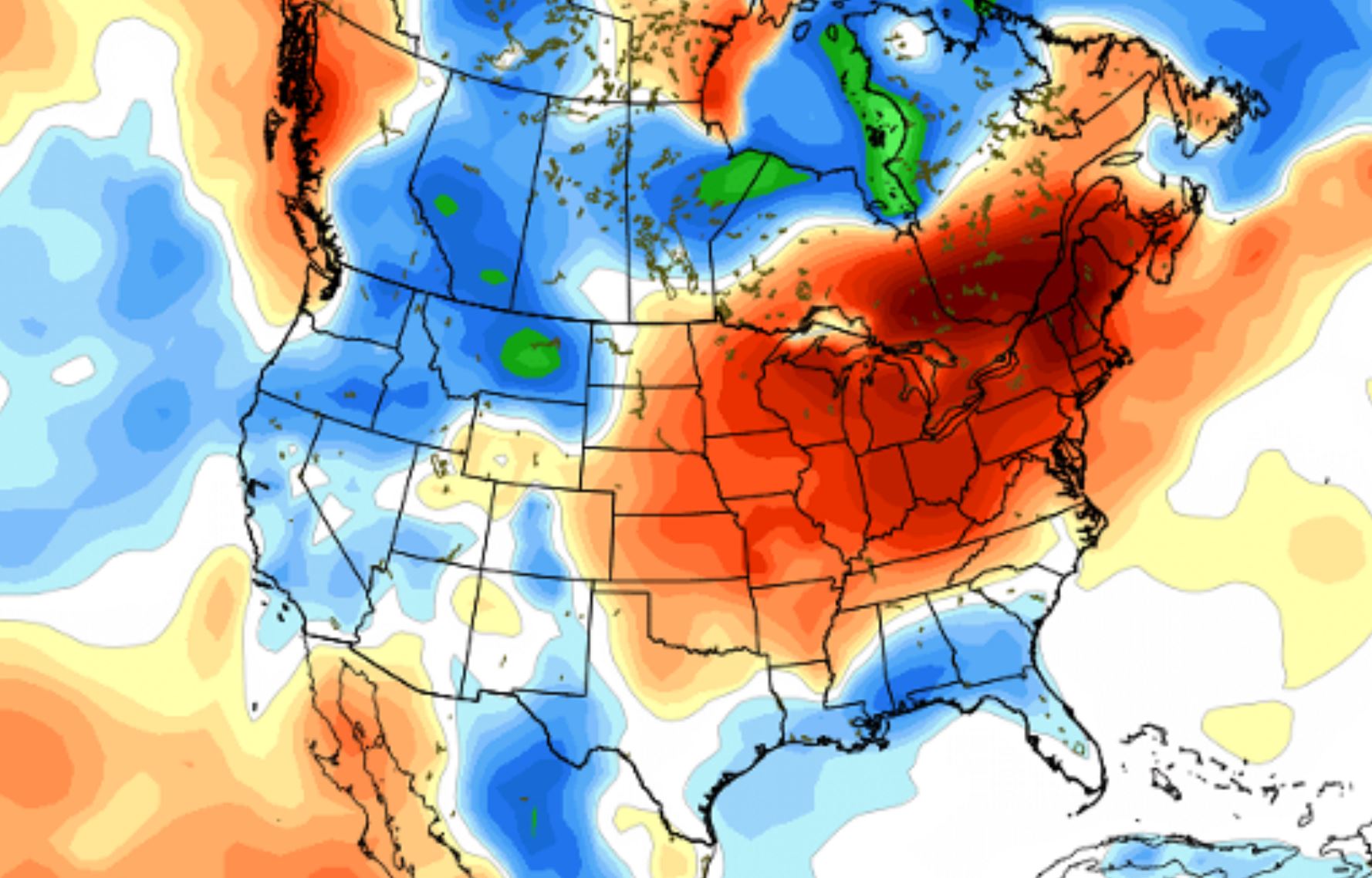The alarmist news media is drumming up a new global warming scare, claiming that hot temperatures in July are proof of catastrophic global warming. The question is, does the July heatwave affecting much of the eastern United States this past week illustrate normal summer weather or is global warming baking the planet? Fortunately, we have historical temperature data to put current temperatures in proper context and confidently reach an answer.
Before answering the question, it is worth noting media coverage of this July heatwave. Liberal New York Times columnist David Leonhardt, for example, tried to use attendance at a baseball game to make the alarmist case. Leonhardt wrote on July 6 that while attending a recent Nationals game in Washington DC, he noticed more empty seats than normal. Leonhardt concluded global warming must be to blame.
“What was going on? It was a brutally hot day in Washington, and many people found it too uncomfortable to remain in their seats. So they decided to escape the sun and wander the stadium’s shaded concourses or to leave the ballpark altogether,” wrote Leonhardt.
Or maybe some seats were empty because the Nationals are having their worst season in years, have a team with a losing record despite predictions they would be a World Series contender, are in the midst of an epic losing streak, and scored no runs in another demoralizing loss on the day Leonhardt attended the game.
Leonhardt blames global warming instead. Yes, that is really his argument.
“Washington is often hot in the summer, of course, but the heat wave of the past week has been decidedly abnormal,” he wrote. He then quoted an Associated Press article stating, “For the week through Tuesday, 227 U.S. records were broken for highest temperature for particular days, and another 157 were tied.”
OK, this is good. We are finally getting some attempt at documentation other than lagging attendance for a losing baseball team. But let’s look at that documentation.
Leonhardt’s argument is that when high temperature records are broken, something “decidedly abnormal” is occurring and this must be proof of catastrophic global warming. Of course, high and low temperature records are broken all the time. So noting that a July heat wave brought record temperatures is not a unique or even unusual occurrence.
Climate scientist Roy Spencer, who oversees NASA satellite equipment that measures global temperatures, presented powerful evidence in a July 3 column (http://www.drroyspencer.com/2018/07/summer-causes-climate-change-hysteria/) that the July heatwave signifies nothing unusual. June temperatures on the U.S. East Coast were not unusual. And while the early July heatwave baked the U.S. Northeast, Spencer presented a temperature map – reproduced below – showing temperatures in most of Canada, the U.S. West, and the U.S. Southeast were below average.
Wrote Spencer, “As you can see, the excessive heat is (again) regionally isolated, which is exactly what we expect for weather… not for climate change. See those colder than average areas? Why aren’t those being blamed on climate change, too?”
Even more persuasively, Spencer presented a graph – reproduced below – showing no increase in the number of days in which U.S. temperature stations record 100- and 105-degree temperatures.
Pointing out that temperatures are rising at a pace of just over 0.01 degrees Celsius per year, Spencer writes, “Am I claiming that there is no such thing as human-caused warming? No. I’m claiming that it is overblown…. The rate of ‘global warming’ is too weak for any one person to notice in their lifetime.”
So there you have it. Baseball, hot dogs, apple pie, and July heat are all part of the American experience, and global warming did not cause any of them.

